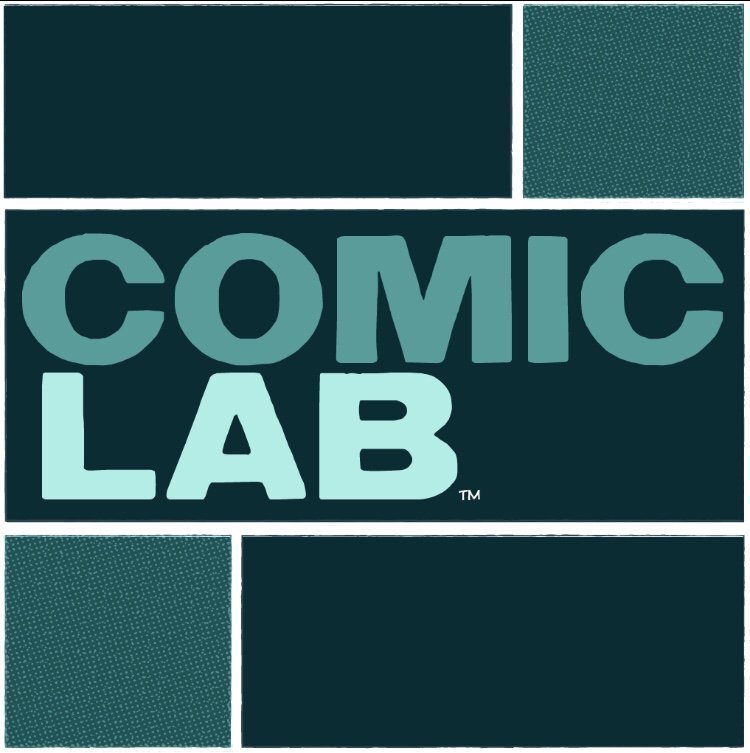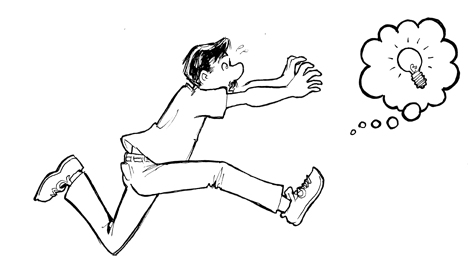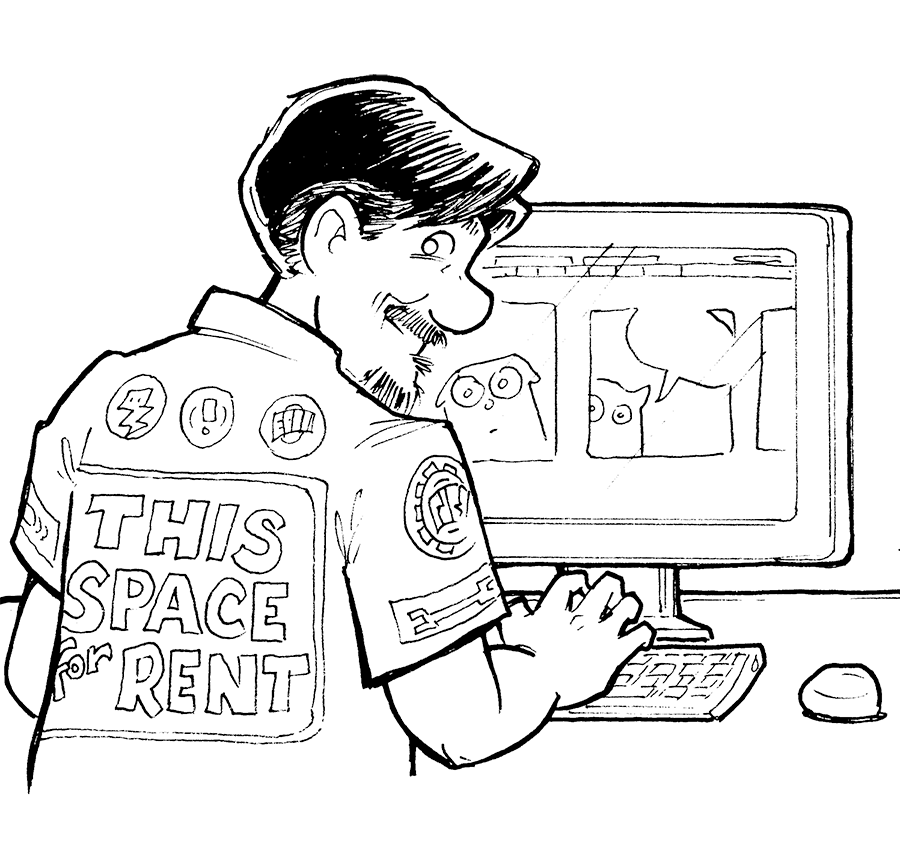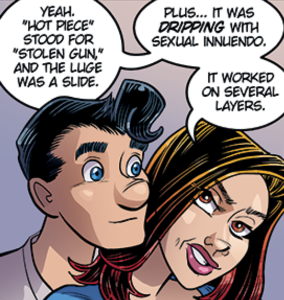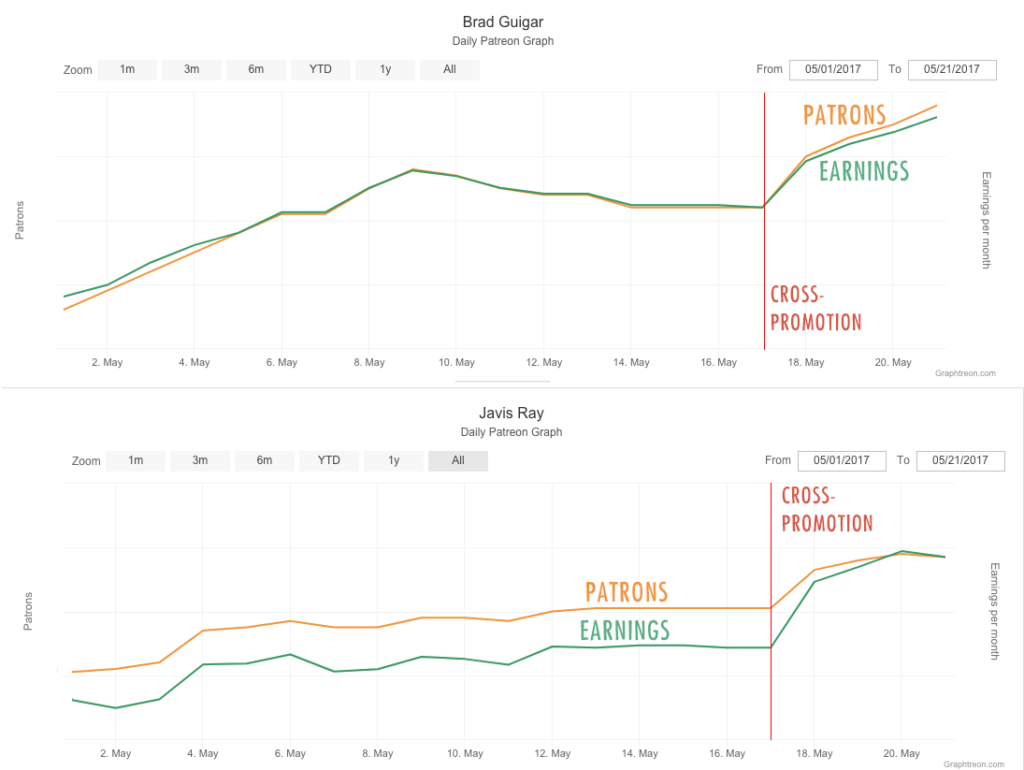In the early days of webcomics, a preferred method of promotion was the ol’ link exchange. “I’ll link to your comic if you link to mine.” Today’s crowdfunded business model requires a little twist on that old axiom.
The content trade
Exposing your patrons to someone else’s Patreon campaign isn’t only a good idea, it’s great content!
Here’s what I mean. I found one thing to be unquestionably true for me: The more content I post, the more pledges I get.
This is especially true for exclusive posts (as I discussed in my piece on scarcity).
So, every once in a while, I search Patreon for people who are doing something similar to what I’m doing.
Then I approach the person about a content trade. I’ll post something of theirs exclusively to my patrons. (Something they’ve already offered to their patrons.) And they can post something from my Patreon archive for their patrons.
It’s a win-win.
We both get content that we think our patrons will enjoy. We both get an opportunity to expose our work to the people pledging to the other person.
And, of course, when both of you promote the exchange on your own social-media networks, it’s twice the promotion.
I know the fear. “They’ll like the other person better, and ditch me in favor of them.”
I can tell you from experience, I get a lot of new pledges who are continuing their pledge to the other person. (I know, because I always click that button to see who else they’re supporting.) For me, it has been a “rising tide lifts all boats” situation.
